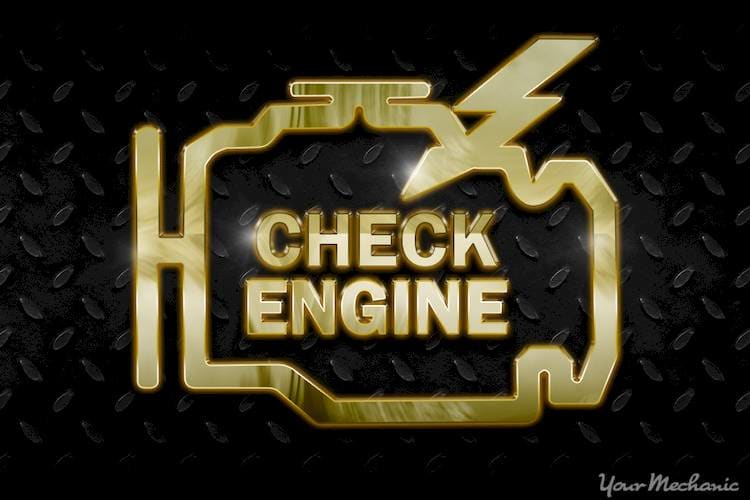P0705 code definition
Transmission Range Sensor Circuit Malfunction (PRNDL Input)
What the P0705 code means
Diagnostic trouble code P0705 indicates that the Engine Control Module (ECM) or Transmission Control Module (TCM) has received an input error from the Transmission Range Sensor (TRS). This switch is also known as a pressure switch, Park Neutral Position switch (PNP), the gear selection switch, or a PRNDL input switch. The function of the Transmission Range Sensor is to tell the ECM or TCM the position of the shift lever. The TRS is most commonly located on the outside of the transmission, however some of them are located inside of the transmission on the valve body.
This particular trouble code will set if the ECM does not receive an input. It also will set if the ECM receives an input that can not be logically possible: for example if the vehicle is going 50 MPH, but the Transmission Range Sensor tells the ECM that it is in Reverse, a code P0705 will set. There also have been instances where a TRS faulted to a point where the ECM was told that it is in more than one gear simultaneously; if this is the case a code P0705 will be set.
There are three types of the Transmission Range Sensors:
The Contact type, which is a simple set of switches that communicate to the ECM the exact shifter level position. This type uses a different wire for each position of the shifter.
The Pressure Range Switch is bolted to the valve body of the transmission. It opens up and closes different passages for the transmission fluid as the shift lever is moved. As the gear position moves, a different passage for the transmission fluid will be activated and sensed by this type of range sensor.
The Variable Resistor form is the third in the Transmission Range Sensor family. It contains a series of resistors tied to the same voltage output. A resistor is designed to absorb a certain amount of voltage. Each gear has its personal resistor in its circuitry and will be used depending on the of the shifter positioning (PRNDL).
What causes the P0705 code?
- Open or short in the TRS circuit
- Faulty TRS
- Faulty ECM or TCM
- Misadjusted shift linkage
- Dirty or contaminated transmission fluid
- Faulty transmission valve body
What are the symptoms of the P0705 code?
In some cases the vehicle may experience a no start condition. For the safety of the motorist, the TRS will only allow the vehicle to start in a Park or Neutral position. This feature was added to keep the vehicle from starting unless the owner is behind the wheel and ready to assume full control of the vehicle.
The vehicle may not go in or out of gear
The vehicle may not shift properly
Check Engine Light illumination
How does a mechanic diagnose the P0705 code?
Verifies that there is a proper voltage and ground present at the Transmission Range Sensor
Tests a Contact form of a TRS: a mechanic will back probe each wire on the sensor while someone else changes the gears, and verifies for correct output. There should be a change in the voltage each time the gear position is changed. The specific voltages can be found through a site such as ProDemand (login required), or you can ask a mechanic.
Tests a Variable Resistor form of a TRS: a mechanic will use a multimeter to measure the amount of voltage the reference wire outputs. The reference wire will send a different voltage to the ECM each time it changes gear. If the reference voltage does not change or is nonexistent, the sensor is either bad, or a wire is faulted.
Tests a Pressure Range Switch form of TRS: a mechanic will verify which wires are output to ground. Most sensors of this type will use a ground connection as its form of output. As the driver changes gear, the valve body will allow transmission fluid through different passages. As the transmission fluid goes through a different passage the, TRS will output a different ground. To see which ground wire coincides with which gear, an accurate wiring diagram of the sensor must be located. A wiring diagram can be found through a site such as ProDemand, or you can ask a mechanic.
Common mistakes when diagnosing the P0705 code
First, when checking this problem, the transmission fluid should be checked for cleanliness. Dirty or contaminated transmission fluid is the leading cause of most transmission issues
How serious is the P0705 code?
It is not too damagingly serious, except that you won’t be able to pass inspection with a Check Engine Light.
There may be a no start condition along with the Check Engine Light.
Erratic shifting may occur.
The vehicle may go into limp mode, leaving you unable to go over 40 MPH.
What repairs can fix the P0705 code?
It is recommended to check the shift linkage adjustment and the transmission fluid condition before replacing any parts.
Need help with a P0705 code?
YourMechanic offers certified mobile mechanics who will come to your home or office to diagnose and repair your vehicle. Get a quote and book an appointment online or speak to a service advisor at 1-800-701-6230.
Check Engine Light
P0705
trouble codes
No more waiting rooms! Our mechanics will come to you to diagnose and fix the P0705 code.





